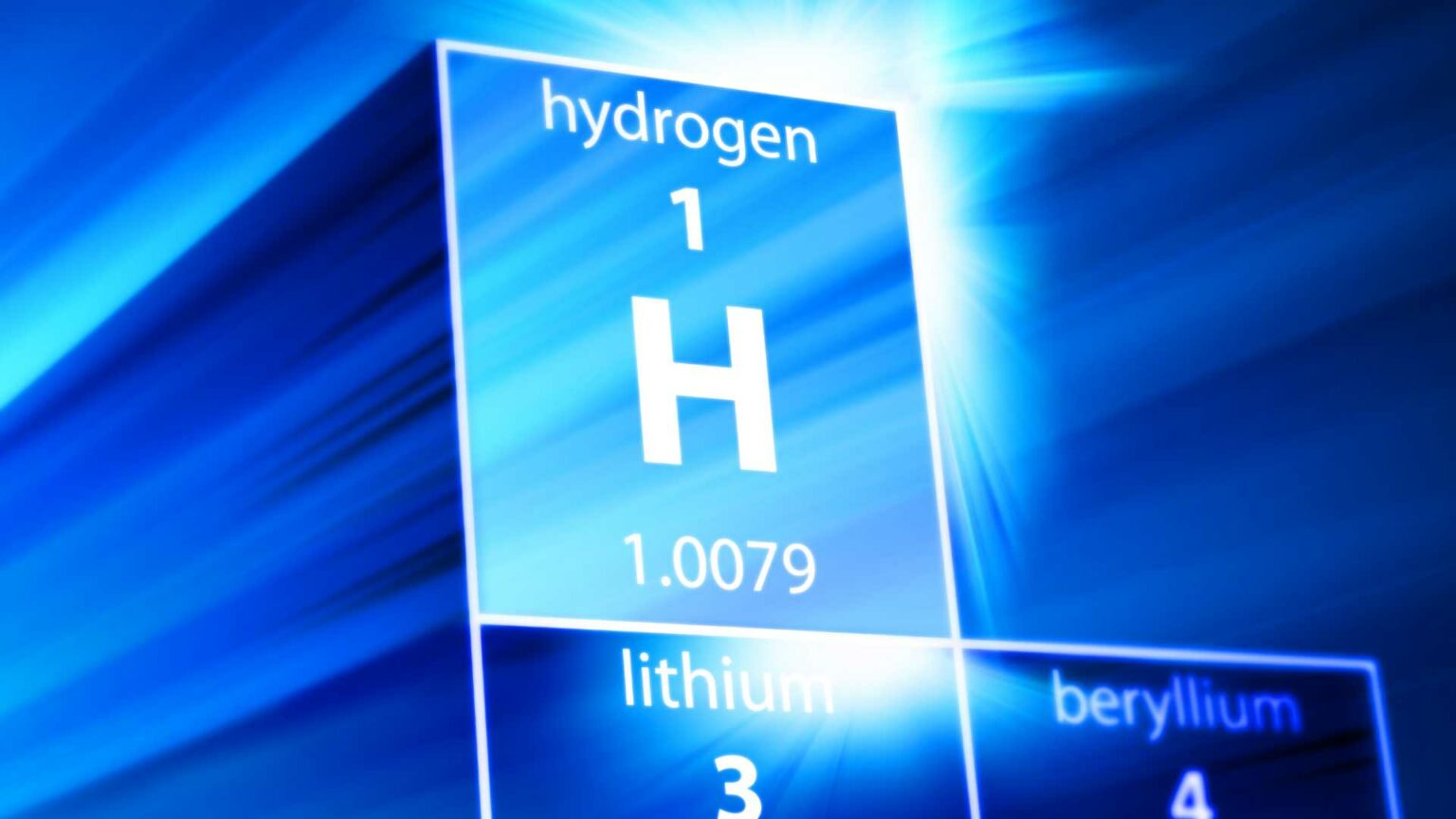The landscape for hydrogen is poised for a transformational year, likened to a natural selection process within a volatile market. The hydrogen industry is grappling with existential questions that have left it at a crossroads. Yet, this disruption—or refining process—presents both formidable challenges and compelling opportunities. With anticipated auctions projected to allocate as much as $28 billion to clean hydrogen producers, a critical dynamic unfolds: which players will endure and thrive amidst economic pressures, and which will falter due to a saturated and uncertain market?
The past year revealed a stark reality of the hydrogen market, driven heavily by demand and strategic viability. In 2025, at least 12 hydrogen auctions are expected to capture international attention and investment. India and natural hydrogen provide specific focal points of excitement, potentially late to the scene yet could signify burgeoning sectors. Meanwhile, U.S. blue hydrogen stands in a promising position, providing policy stability around incentives like the 45Q tax credits. However, not all sectors share this optimism; the oversupply of gigafactories coupled with inadequate demand casts a shadow over electrolyzer manufacturers, underscoring the Darwinian struggle ahead.
Market Segmentation and Expectations
As hydrogen market players navigate these waters, the sector’s segmentation illustrates a diverse and conflicting array of expectations. European, Chinese, and U.S. green hydrogen developers face a downturn, navigating what BloombergNEF terms a “trough of disillusionment.” This trough results from inflated early promises now being tempered by market realities. Conversely, U.S. blue hydrogen may enter a phase of enlightenment as political and economic policies coalesce to their advantage.
Opportunities
Identifying synergies between policy frameworks, emerging technologies, and economic incentives is crucial for companies maneuvering within this space. Clean hydrogen producers, bolstered by the potential injection of auctioned capital, stand at the forefront of innovation, tasked with converting investment into viable production and infrastructure projects. This period demands heightened strategic initiative, competitive agility, and adaptability to regulatory conditions across major markets like Europe, China, and the United States.
The challenges posed by the current climate can be addressed through robust analysis and strategic foresight, which are imperative for any firm seeking to rise above the noise. Utilizing concepts like Gartner’s Hype Cycle, underscores the importance of realistic market positioning and leveraging data-driven insights. A granular understanding of market position can guide more effective strategic planning—predicting the peak opportunities and potential pitfalls.
Finally
As the natural selection of hydrogen markets unfolds in 2025, companies must navigate a complex terrain—balancing caution with innovation. The intertwining of global economic conditions, policy shifts, and technological advancements will determine the pace and scale of success for hydrogen stakeholders. Ultimately, those who embrace adaptability, backed by strong strategic vision and analytics, will likely chart a course through this transformative period in the energy sector.
